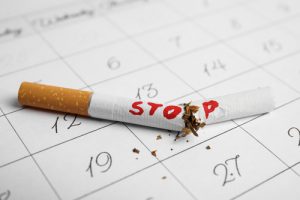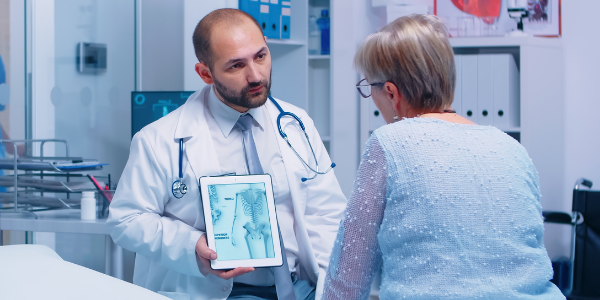Prevention of osteoporosis in women goes a long way to improving quality of life. We will look at actionable steps that you can take to prevent the disease.
Research shows that 20% of bone loss in women happens during the menopause stages of their life. One out of every 10 women suffers the harmful effects of osteoporosis. Unfortunately, many women don’t recognize it until they break a bone, but the loss of bone mass may have happened over decades. As the saying goes, an ounce of prevention is worth a pound of the cure. Let’s look at how to prevent this health condition after menopause.
Exercise 30 Minutes Per Day
The International Osteoporosis Foundation recommends that you exercise 30 minutes per day to reduce the risk of the disease. You want to do weight-bearing cardio exercises at least five days a week. Break it up into 10-minute increments if you don’t have the time for 30 minutes per day. The best exercises include:
- Tennis
- Aerobics
- Stair climbing
To understand how exercise prevents this bone disease, let’s first look at how the bones work. Bones will break down and rebuild themselves constantly in a healthy body. You can expect some bone loss over time because the process slows as you age. Your bones respond to exercise by creating denser and stronger cells.
Some women mistakenly believe that exercise will lead to broken bones, but in fact, it prevents broken bones, according to the Mayo Clinic. Before you begin, consult with your doctor. High impact exercises like running, jogging or jumping can lead to weakened bones in those with this health condition. Also avoid exercises with too many jerky movements.
Quit Smoking to Prevent Osteoporosis

Smoking reduces blood supply to the bones and the surrounding tissues. The body can’t absorb as much calcium due to how smoking lowers the amount of estrogen production. That alters the salivary calcium production, causing a direct impact on bone mass.
Increase Your Calcium Intake
Women over the age of 50 should aim for a calcium intake of 1,200 mg per day. Under that age, they would want 1,000 mg per day. Instead of taking vitamins, you may want to do this through eating foods rich in calcium, such as:
- Dairy products
- Leafy vegetables
- Canned baked beans
- Tortillas
- Figs
- Fish
- Oranges
In some cases, you may need to take a dietary supplement to reach your calcium intake, but you may want to consult a doctor first.
Restrict Your Alcohol Drinking
Research has discovered a link between bone mineral density (BMD) and alcohol in postmenopausal women. The participants who drank more than four times per week exhibited a lower BMD. Keeping consumption moderate can reduce the risk of developing osteoporosis. This process happens because alcohol consumption absorbs calcium and vitamin D—two nutrients essential for good bone health. Research has linked heavy drinking with this bone condition and with a higher risk of fractures. Regularly consuming more than two drinks per day led to an increased risk in osteoporosis, according to the Mayo Clinic.
Conclusion
For those who suffer from severe bone thinning due to osteoporosis, speak with your doctor about medications since this condition can prove dangerous. You can wind up breaking a hip or your spine from seemingly simple things. The reason women suffer from this condition more than men comes from post-menopause when they lose their estrogen. The loss of estrogen has specifically become linked with osteoporosis.





